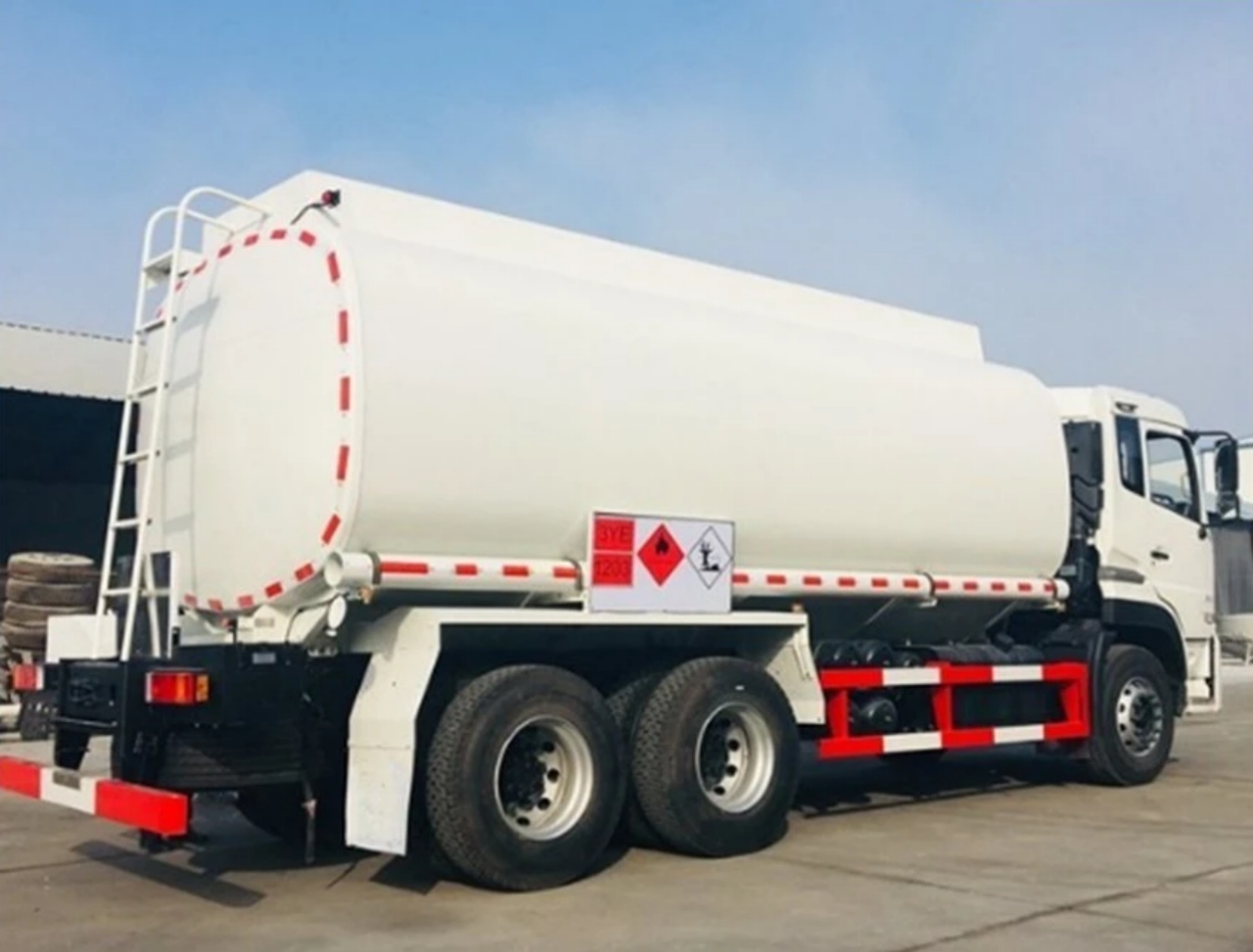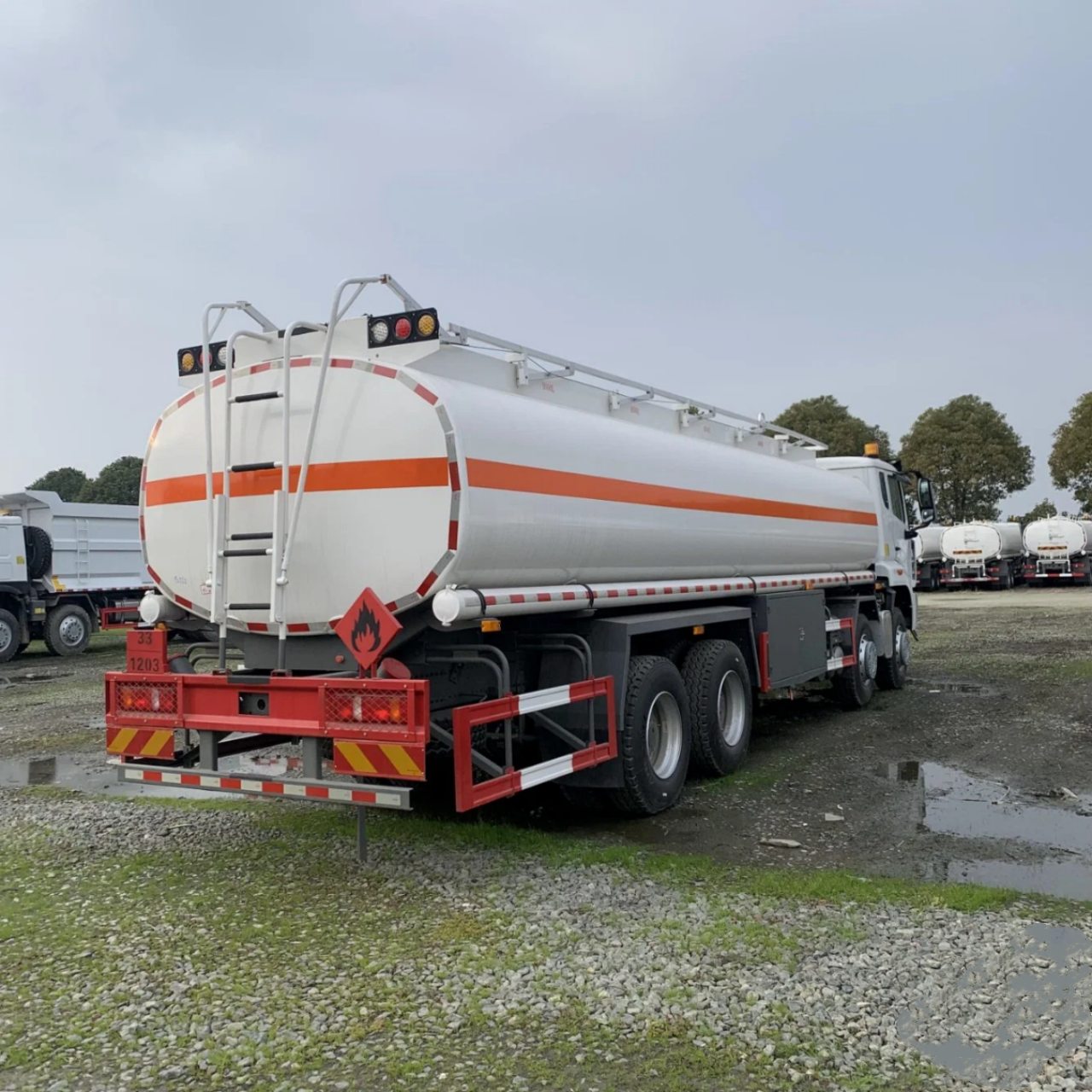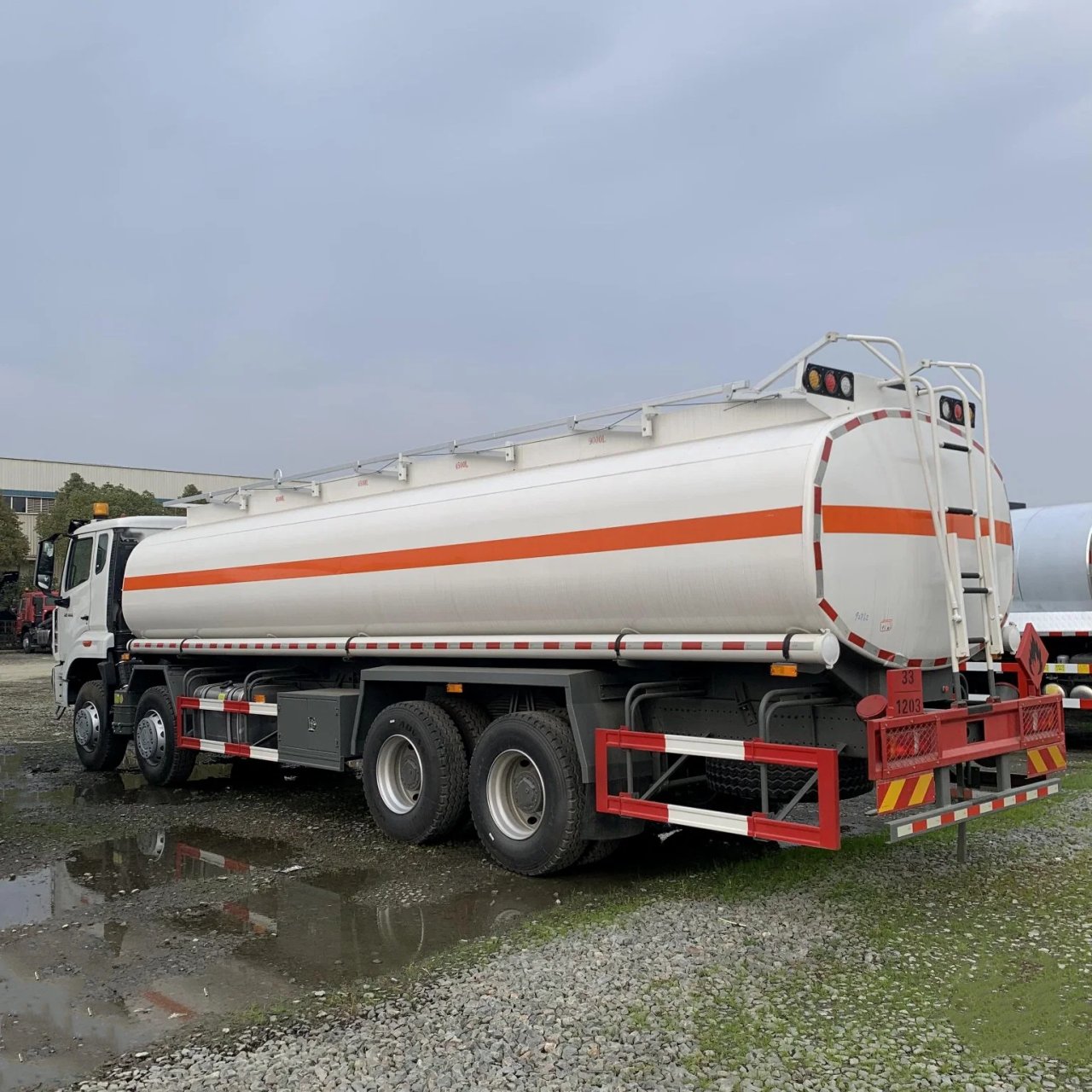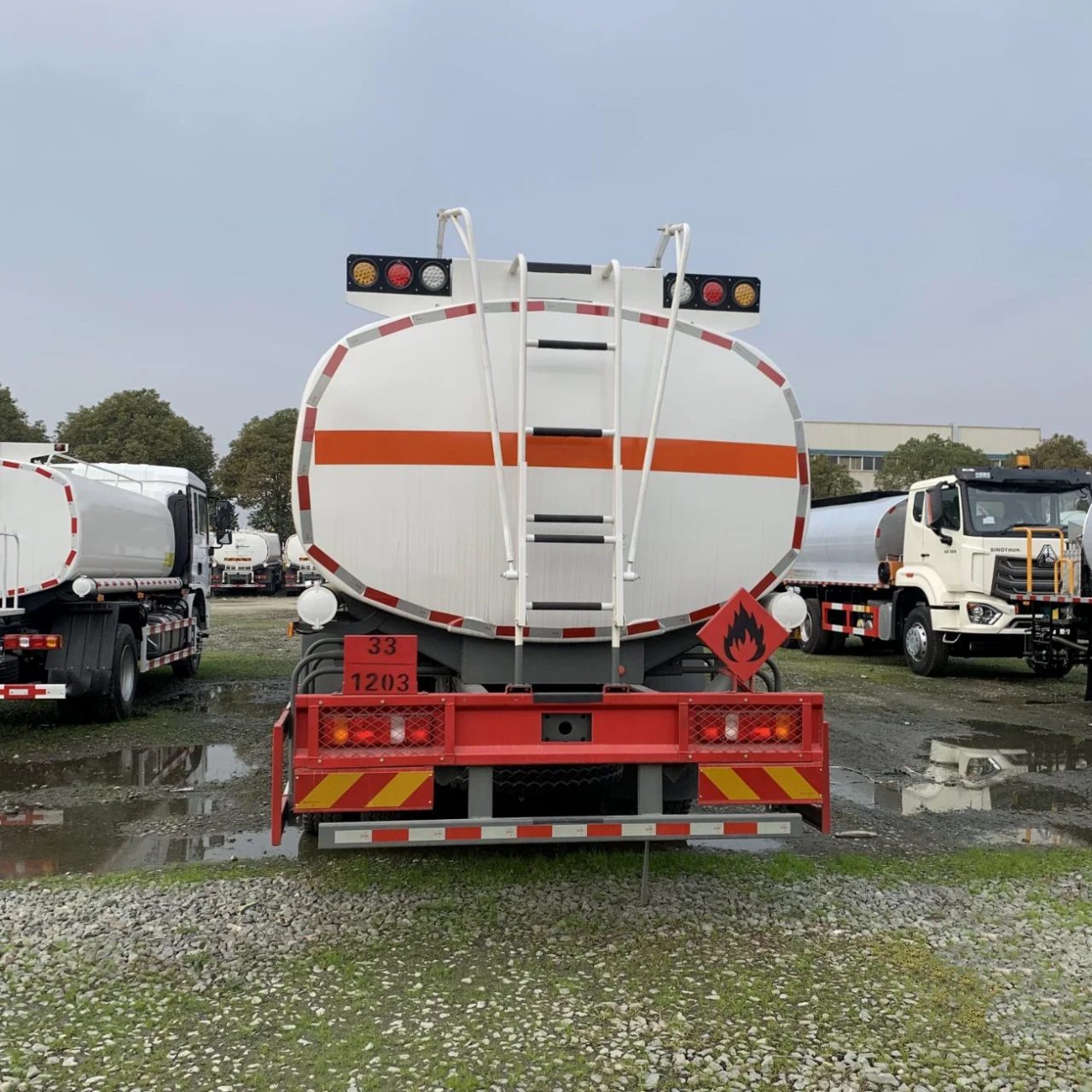Fuel tanker trucks are essential vehicles in the global supply chain, particularly for transporting petroleum products like gasoline, diesel, and aviation fuel. One of the most commonly asked questions about these vehicles is: How many liters does a fuel tanker truck hold? The answer is not as straightforward as it might seem because tanker truck capacities vary widely based on design, region, regulatory standards, and intended use. In this article, we’ll explore the different sizes of fuel tanker trucks, the factors influencing their capacities, and the implications for fuel logistics.
Types of Fuel Tanker Trucks
Fuel tanker trucks come in different sizes and configurations. Broadly, they can be categorized into:
- Light-duty fuel tankers
- Medium-duty fuel tankers
- Heavy-duty fuel tankers
Each type has different capacity ranges based on the vehicle’s gross weight, axle configuration, and road regulations.
Light-Duty Fuel Tanker Trucks (3,000 to 5,000 liters)
These are the smallest class of fuel tanker trucks, often based on light commercial truck chassis like those produced by Isuzu, Hino, or Foton. These trucks are typically used for urban or on-site fuel delivery, such as to construction sites, farms, or smaller fueling stations.
- Capacity: 3,000 to 5,000 liters
- Axle Configuration: 4×2
- Use Cases: Local fuel delivery, mobile fuel stations, small business operations
Medium-Duty Fuel Tanker Trucks (5,000 to 15,000 liters)
Medium-duty tankers are more versatile and can travel longer distances than their light-duty counterparts. These trucks often serve regional fueling needs and are frequently used by independent fuel distributors.
- Capacity: 5,000 to 15,000 liters
- Axle Configuration: Usually 4×2 or 6×2
- Use Cases: Fuel stations, small commercial airports, municipal fleets
Heavy-Duty Fuel Tanker Trucks (20,000 to 43,000+ liters)
Heavy-duty fuel tankers are the most common type for large-scale fuel transport. Built on robust chassis from brands like Volvo, Scania, MAN, and HOWO, these vehicles are designed for long-haul routes and bulk fuel delivery.
- Capacity: 20,000 to 43,000 liters (or more with multi-trailer setups)
- Axle Configuration: 6×4, 8×4, or articulated semi-trailers
- Use Cases: Long-distance fuel delivery, oil depots, fuel export operations
Some heavy-duty fuel tankers in regions with vast territories, such as Australia’s “road trains,” can carry multiple trailers and transport over 100,000 liters of fuel.
Fuel Tanker Trailer Configurations
Fuel tankers used with semi-trucks (tractor-trailer setups) typically come in the form of fuel tank trailers or semi-trailers, and their capacities vary:
| Type of Trailer | Typical Capacity (liters) |
|---|---|
| Single-compartment | 30,000 – 43,000 |
| Multi-compartment | 20,000 – 40,000 |
| B-train or Road Train | 60,000 – 100,000+ |
Multi-compartment trailers are especially useful for delivering different fuel grades (e.g., regular gasoline, premium gasoline, diesel) in a single trip. These are commonly seen at commercial fuel stations.
Factors That Affect Tanker Capacity
Several factors influence the total capacity of a fuel tanker truck:
1. Regional Regulations
Transport authorities in each country impose weight and size limits on road vehicles. For example, in the United States, the federal gross vehicle weight limit for standard trucks is about 80,000 pounds (around 36,300 kg), while in Europe and Australia, heavier loads are often permitted.
2. Axle Configuration
The number and layout of axles determine how much weight a vehicle can carry legally. More axles mean more load-bearing capacity, allowing for larger fuel tanks.
3. Tank Material and Design
Fuel tanks are made from aluminum alloy, stainless steel, or carbon steel. Tank thickness, shape (cylindrical, elliptical, etc.), and structural reinforcements affect internal volume. Some designs prioritize low centers of gravity for stability, while others focus on maximizing internal volume.
4. Compartmentalization
Fuel tankers may be divided into multiple compartments for carrying different fuel types. This segmentation slightly reduces the total usable capacity due to internal walls and fittings, but increases functionality.
Examples of Common Fuel Tanker Capacities by Region
United States:
- Straight truck fuel tankers: 11,000 to 15,000 liters
- Semi-trailer fuel tankers: 30,000 to 40,000 liters
Europe:
- Rigid fuel tankers: 10,000 to 20,000 liters
- Articulated fuel tankers: 30,000 to 38,000 liters
Australia:
- Road train fuel tankers: 70,000 to 120,000 liters
Asia (China, India):
- Smaller rigid tankers: 5,000 to 15,000 liters
- Semi-trailers: 30,000 to 40,000 liters
Why Fuel Tanker Capacity Matters
Understanding the capacity of a fuel tanker truck is crucial for logistics, efficiency, and safety:
- Efficiency: Larger tankers reduce the number of trips required, saving fuel and labor costs.
- Scheduling: Knowing capacity ensures timely refueling for industries like aviation, mining, and transport fleets.
- Compliance: Staying within regulated weight and capacity limits prevents fines and mechanical wear.
- Emergency Response: Accurate volume information is vital for first responders in case of accidents or spills.
Innovations and Future Trends
The fuel transport industry is evolving with innovations aimed at improving safety, efficiency, and environmental compliance:
- Smart Tankers: Modern tankers may include sensors that monitor fuel levels, temperature, and pressure in real time.
- Lightweight Materials: Use of high-strength aluminum alloys reduces vehicle weight and increases payload.
- Electric-Powered Support Systems: Electric pumps and control systems reduce emissions and fuel use during delivery operations.
- Alternative Fuels: As electric and hydrogen-powered vehicles grow, tanker trucks may evolve to carry alternative energy fuels like hydrogen or LNG.
Conclusion
The capacity of a fuel tanker truck can range from 3,000 liters for small city delivery vehicles to over 100,000 liters for large road trains in remote regions. The specific capacity depends on factors such as vehicle type, regional laws, and design considerations. For logistics planners, fuel distributors, and fleet operators, understanding these capacities is critical for efficient fuel supply chain management.
Whether refueling a gas station in the city or delivering diesel to a mining site in the outback, tanker trucks are a vital link in keeping the world moving.






